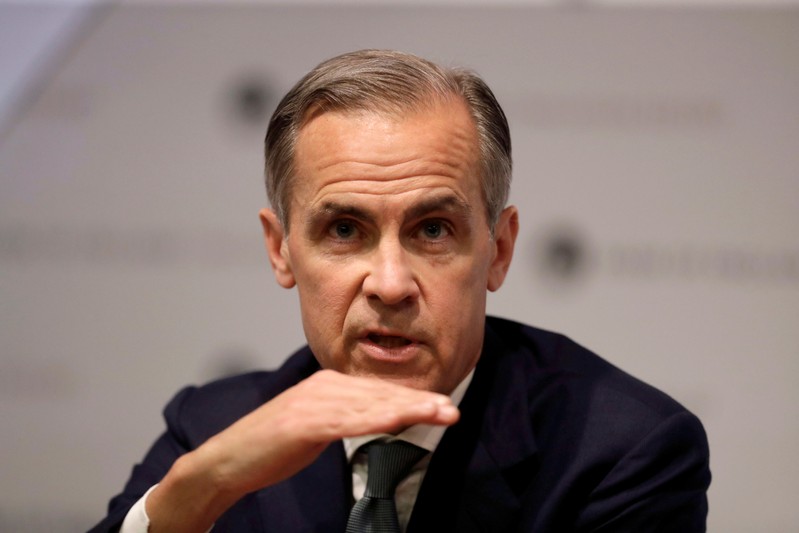
Federal Reserve Board Chairman Jerome Powell speaks during a news conference after the attending the Board’s two-day meeting, on June 19, 2019 in Washington, DC.
Mark Wilson | Getty Images
U.S. economic growth continued “at a solid pace” in the first half of the year though it likely weakened in recent months as higher tariffs depressed global trade and business investment weakened, the Federal Reserve said on Friday in its semi-annual report to Congress.
The U.S. central bank repeated its pledge to “act as appropriate” to sustain the economic expansion, with possible interest rate cuts in the coming months, but notably said the jobs market had “continued to strengthen” so far this year, and described recent weak inflation as due to “transitory influences” rather than a lagging economy.
“Economic activity increased at a solid pace in the early part of 2019,” with sturdy household consumption offsetting weak business investment and growing risks from a tariff-related slowdown in trade, the Fed said in one of its most pointed accountings yet of how the Trump administration’s use of tariffs has affected the economy.
The tariffs imposed by the United States and some of its trading partners, combined with the uncertainty around trade policy were likely “material” in the sharp slowdown in global manufacturing growth last year, the Fed said in a separate section in the report on global manufacturing.
But its description of recent weak inflation as “due to idiosyncratic factors,” alongside a strong U.S. monthly jobs report on Friday, may add to the sense developing in markets that if the Fed does cut rates in coming weeks, it will do so slowly.
U.S. businesses added 224,000 new jobs last month, the Labor Department reported earlier on Friday, an outcome that led bond investors to increase their bets the Fed would only reduce rates by a quarter of a percentage point at its policy meeting this month.
Fed Chairman Jerome Powell will appear before Congress next week for his semi-annual testimony on the state of the economy and is likely to elaborate on whether he feels the latest economic data justifies a rate cut that many now expect.
The central bank has been under pressure from investors and, perhaps more notably, from President Donald Trump and others in the administration to cut interest rates that Trump argues are unnecessarily crimping the U.S. economy.
Fed officials argue that interest rate hikes through the end of last year were a proper precaution against inflation or financial sector bubbles that could prove more harmful to the ongoing U.S. recovery than a Fed benchmark overnight lending rate that remains low by historic standards.
But sentiment began shifting among Fed officials in May, after Trump’s trade policy began to, in the view of many analysts, undermine global and U.S. economic sentiment, business investment, and ultimately growth.
Fed officials now seem poised to cut rates by as much as half a percentage point by the end of the year, beginning as early as the central bank’s next policy meeting on July 30-31.

